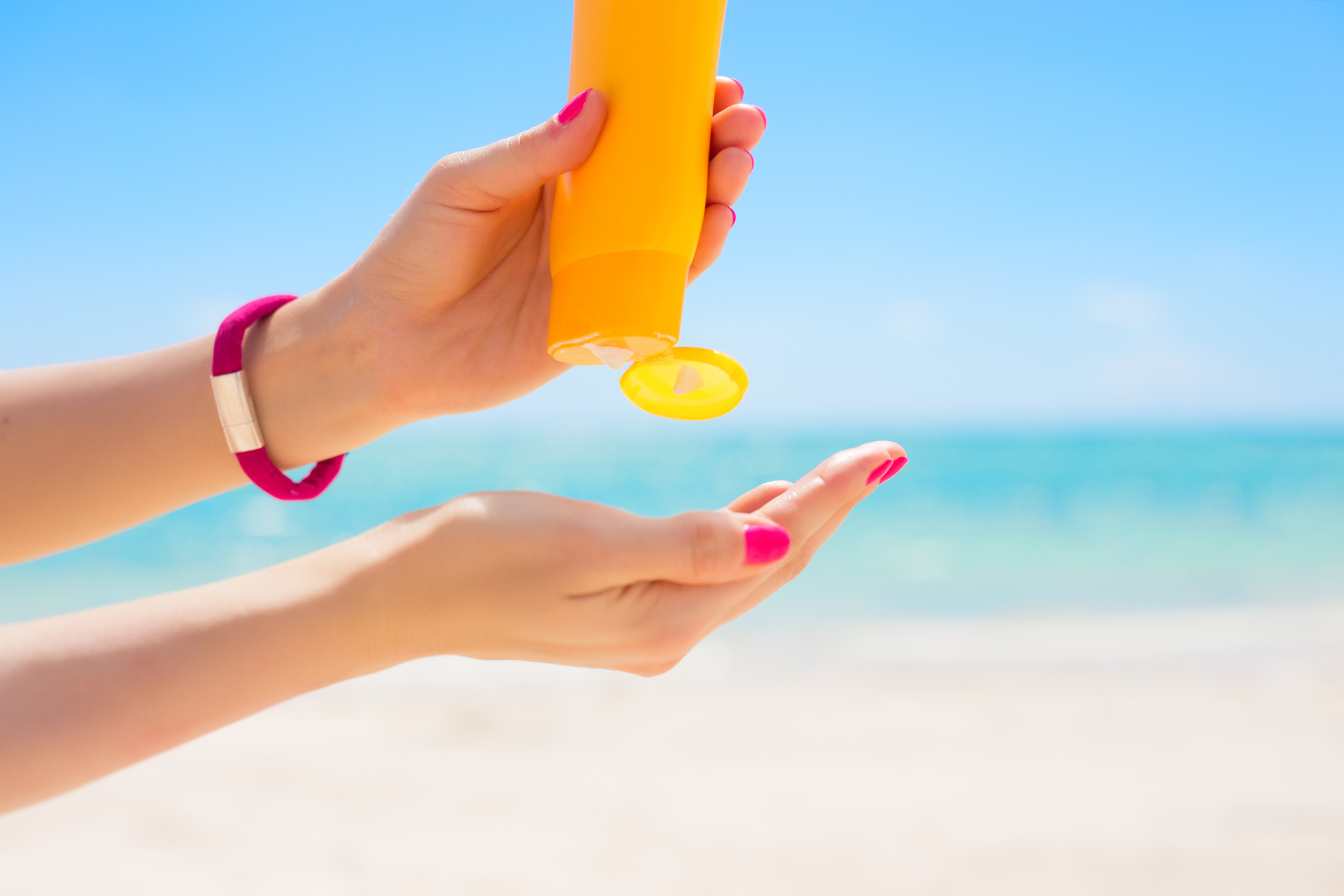Nothing puts a damper on a fun day in the sun faster than a nasty sunburn. Heed these tips to stay safe even on the brightest of days.
Choose your sunscreen wisely
The American Academy of Dermatology recommends a sunscreen that offers broad-spectrum protection against UVA and UVB rays, is SPF 30 or higher, and is water resistant. Don't bother wasting your money on a sunscreen that's more expensive because it's labeled as SPF 100 — there's no real evidence that sunscreen with a SPF higher than 50 offers a significant different in protection than SPF 50.
Sunscreen safety
Before you apply sunscreen that's been hanging out in your beach bag for a while, check the expiration date. Sunscreen can lose its effectiveness after three years. No expiration date on the bottle? Make sure to write the date you purchased it on the bottle so you know when to discard it.
Other sunscreen tips: Put it on before you get dressed (you're less likely to miss a spot than if you're worrying about getting it on your clothes, plus it will have more time to absorb and become effective) and wear it even if you're just going to the office. According to the Skin Cancer Foundation, "Anyone over the age of six months should use a sunscreen daily. Even those who work inside are exposed to ultraviolet radiation for brief periods throughout the day, especially if they work near windows, which generally filter out UVB but not UVA rays."
I use Olay Regenerist face lotion, which feels like a regular daily moisturizer, but has SPF 50.
Dress well
You might think you're protected if you throw on a long-sleeved shirt, but the fabric and color of your clothing make a difference in the amount of sun it can block. Synthetic fibers (like polyester or lycra) are more protective than cotton or linen, and darker colors are worse than lighter colors. Your best bet is clothing specifically designed to shield you from the sun, like these fabrics with built-in UPF protection.
Don’t forget your scalp
Your scalp can take a beating from the sun, and it's an area that we don't typically lather up with sunscreen. A hat is your best bet for protection, but if you don't feel like wearing a hat there are plenty of spray-on sunscreens designed for the head that won't leave your hair a greasy white mess.
Pick the right sunglasses
Be wary of cheap sunglasses! While you don't have to spend a ton of money to get 100% UV protection, you should buy from a trusted source. A Today show test of cheap sunglasses from a Times Square souvenir shop found that some did not offer the level of protection they advertised. Look for inexpensive sunglasses from a name brand that you trust, or ask your eye doctor to check your sunglasses at your next appointment.
Pick the right time to be outside
It's not always practical, but try to avoid being in the sun between 10:00 a.m. and 4:00 p.m., when the sun is the strongest. This might mean that you move your pool chair to a shady spot during that time, or head inside for a lunch break during peak sunshine. There are now cool stickers and bracelets that can monitor your level of exposure and alert you when it's time to take a break.
Use shelter
Sun-protective parasols, beach umbrellas and beach tents help you take shade with you no matter where you go. These are great options for when you're spending an entire day outside.
Check your skin regularly
Finally, make sure to check your skin regularly for changes, which can be early indications of skin cancer. The good news is that if caught and treated early, most skin cancer is curable. The Skin Cancer Foundation recommends that you perform a self-check of your skin once a month, keeping an eye out for these warning signs.
READ THE ORIGINAL ARTICLE: Eight sun safety tips you need to know when traveling

![Woman using sunscreen [image : 87345598]](http://www.gannett-cdn.com/-mm-/254f2dcb558df301c68938027cb3754e49184482/c=0-0-1654-1414/local/-/media/2016/07/20/USATODAY/USATODAY/636046200848744074-ThinkstockPhotos-472381728.jpg)

